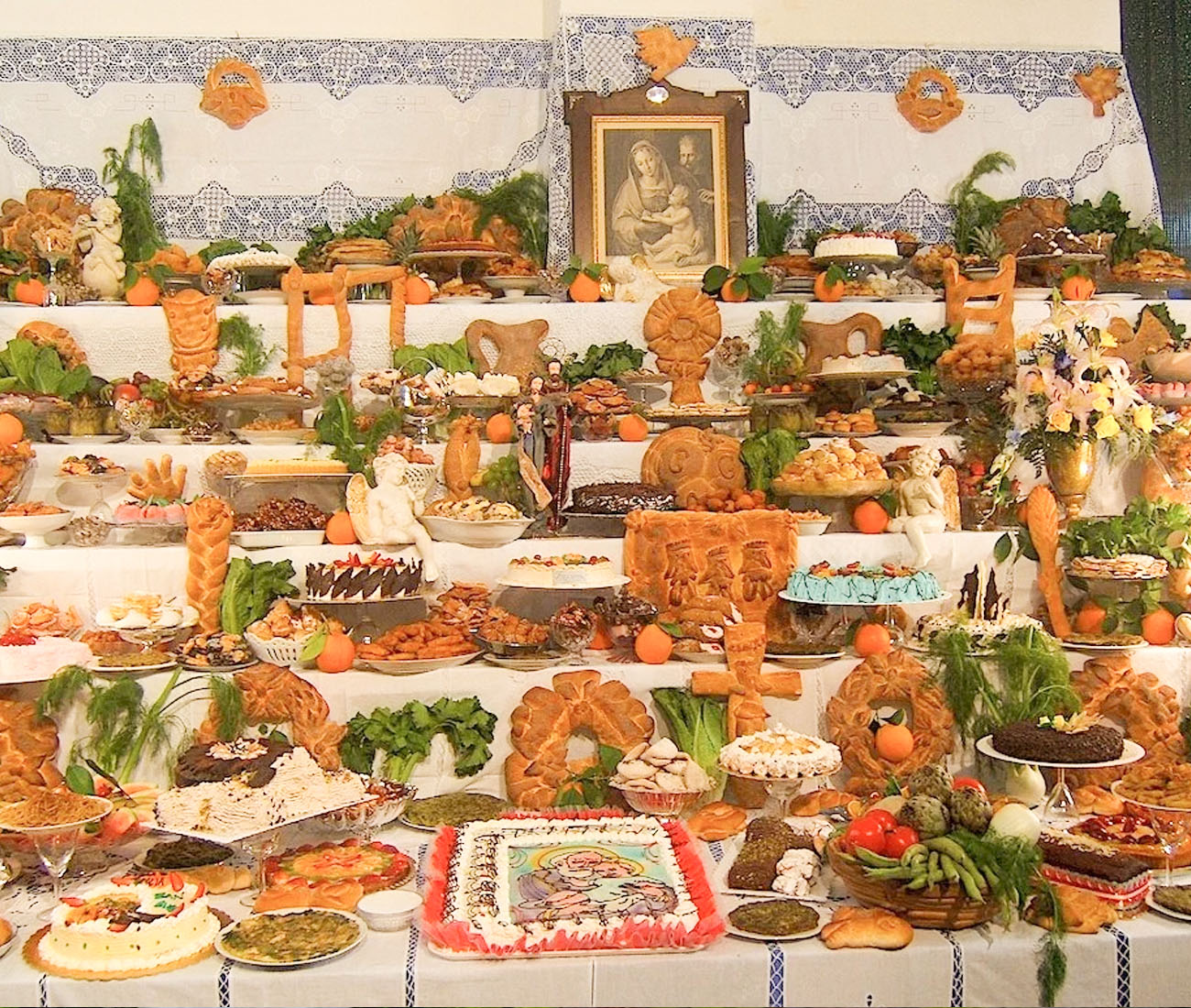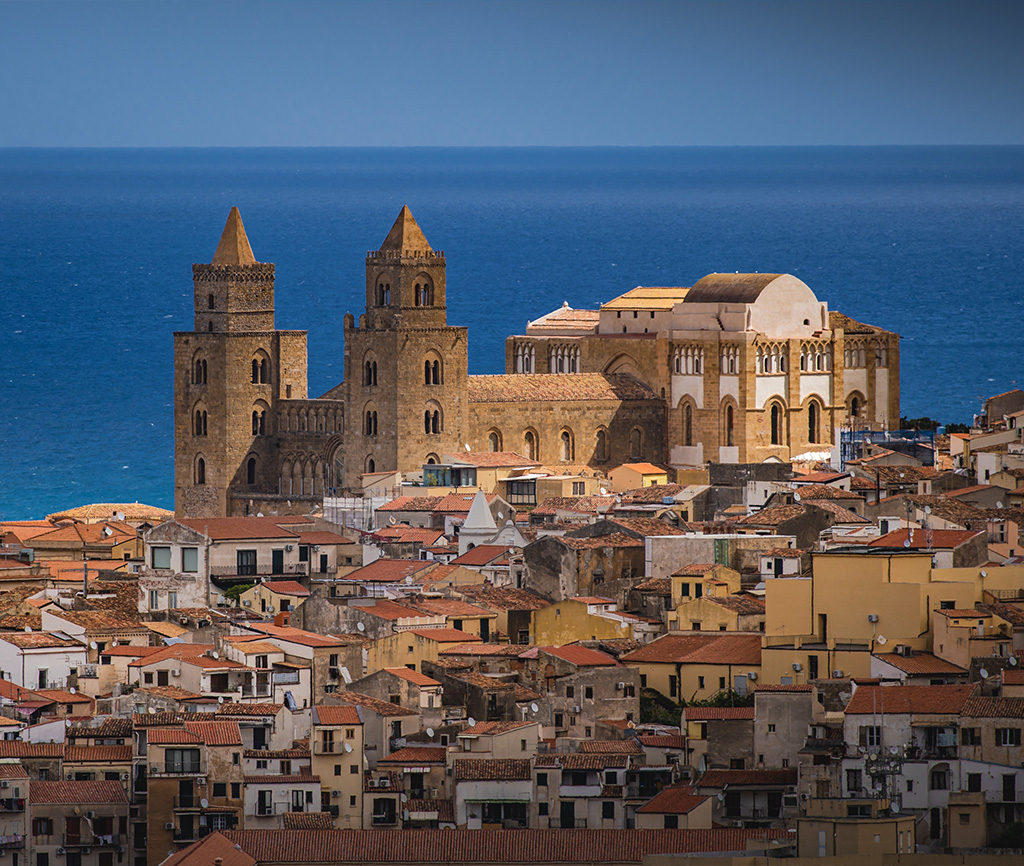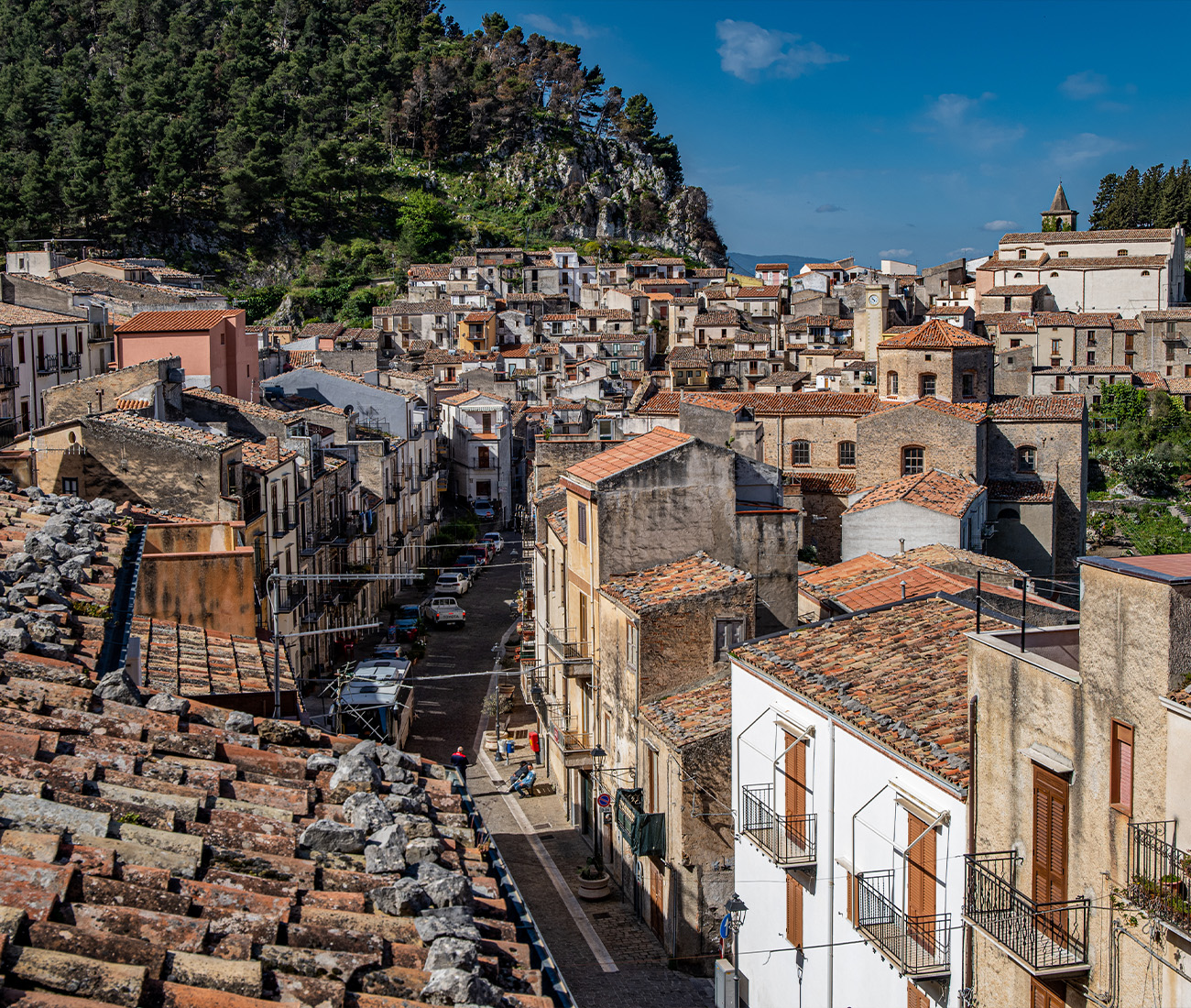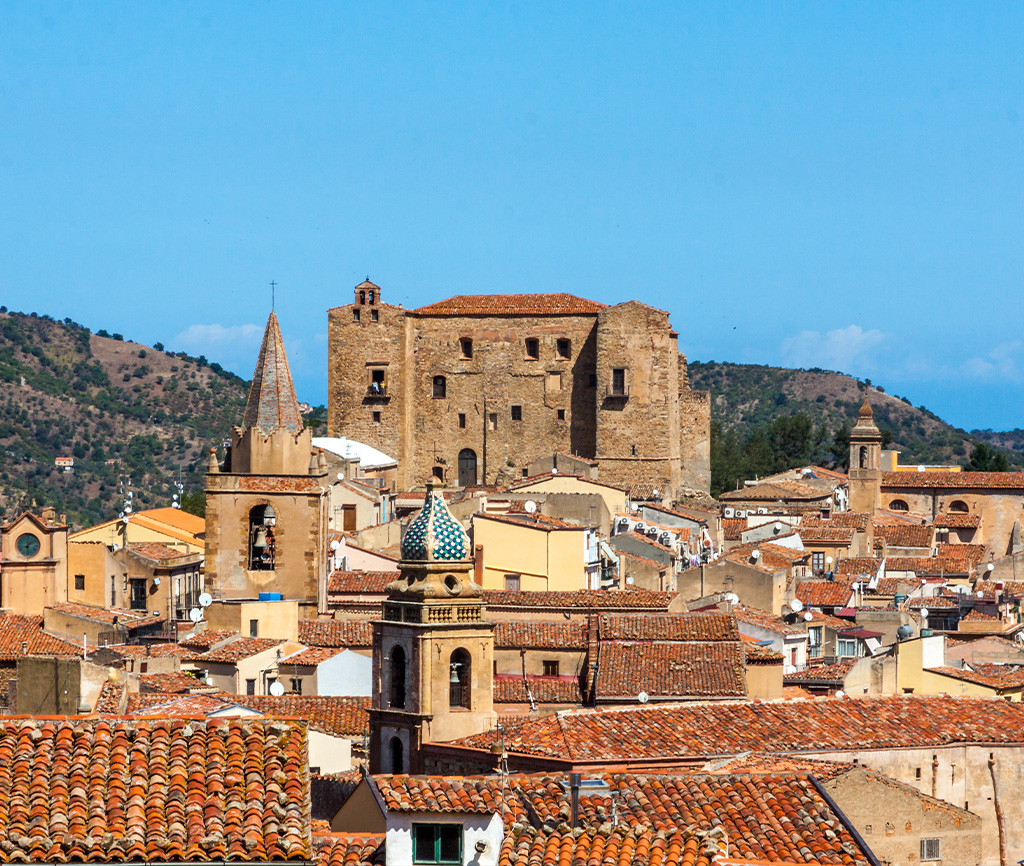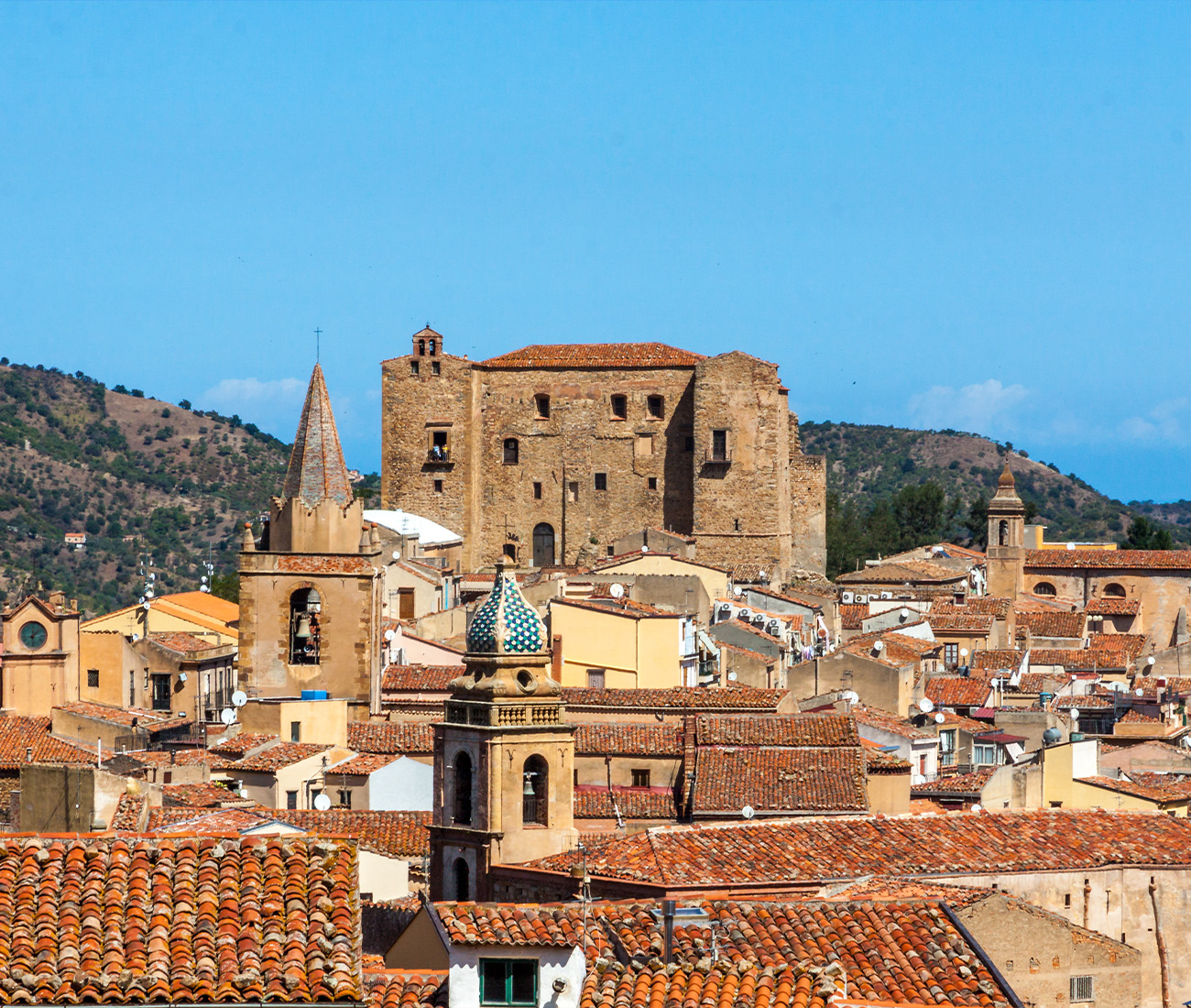
The Ventimiglias and their palace in Castelbuono
In order to fully enjoy your holiday, you can’t avoid visiting some of the many neighboring villages: one of these is Castelbuono.
The town is situated at about 423 m a.s.l., on the slopes of the Milocca hill:
To the north, between the centers of Pollina;
To the south, between the Madonie mountains;
To the south-east, Geraci Siculo;
To the east, San Mauro;
To the west, Isnello and Gibilmanna.
In addition, it is part of the Madonie Park. The town was founded by the Ventimiglia, Lords of the County of Geraci.
Francesco I of the Ventimiglias in 1316, built a castle which was flanked by the residence of the Ventimiglia themselves, through the structure that already dominated Ypsigro, a small farmhouse that housed approximately 300 inhabitants in 1282.
Due to its construction, the small community was able to grow and expand, until Giovanni I decided to move there together with his court in 1454. Thus, it allowed Castelbuono to become the most vigorous and dynamic center of the great Ventimiglia heritage. Giovanni, having moved, decided to bring the greatest symbol of the value of the Ventimiglia family: the Sacred Relic of the skull of St. Anna, later donated to William by the Duke of Lorraine.
The Castle and the Relic of Saint Anne
The Castle and Saint Anne, the town’s patron saint, represent the two pivots of many events in Castelbuono. As early as the 15th century, the court decided to welcome major intellectuals of different cultures but above all of considerable prestige.
Worthy of attention is F. Laurana, who worked on the Ventimiglia Mausoleum. In the meantime, parishes and convents were erected inside and outside the walls, thanks to the touch of master builders from Lombardy and Tuscany. They devoted themselves above all to the urban expansion of the feudal centre of Castelbuono, which became a capital city around the 16th century. The town’s cultural life is very dynamic and essential.
Surely the Serpotta family was the one that, working on the chapel of Saint Anne, contributed significantly to the evolution of the urban plan of the city, and in the 1920 the castle was restructured many times. The Ventimiglia, to prove their love for cultures and arts, gifted a theater to their city. In that period, many literary academies were born, and among the prominent figures definitely stands out the figure of Torquato Tasso, who was also court artist.
However, by the end of the 700’, this wave of progress and production started to slow down progressively, and even interrupt, to reach up to the scenarios of the century of the 1800.
The disappearance of the great nobility also marked that period. This way Castelbuono experienced the presence of other families that, years later, enhanced its prestige.
Finally, in 1818-1820 the Castle was severely damaged by different seismic shocks, consequently the “Matrice Nuova” lost its bell towers and chapel, and the last floor of the Castle was even demolished. In the early years of the 1900, the town hall purchased the Castle and, with it, the relic of the skull of Saint Anne.

